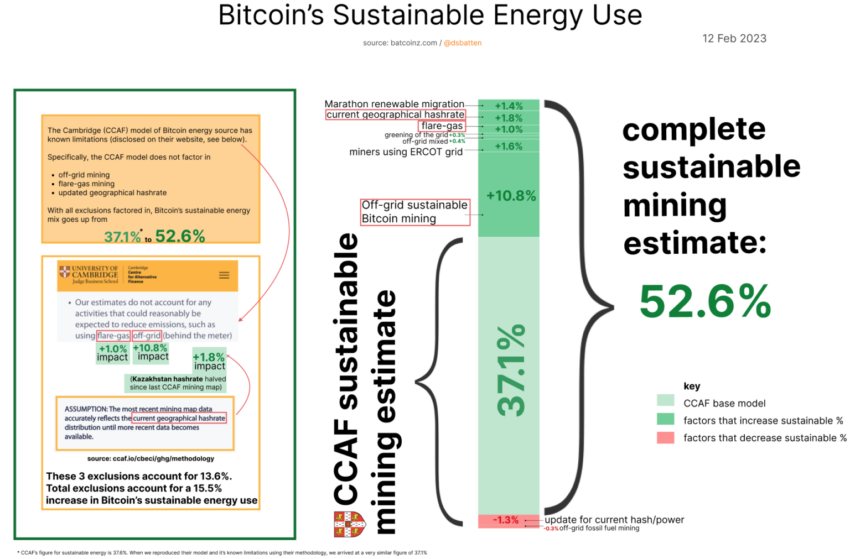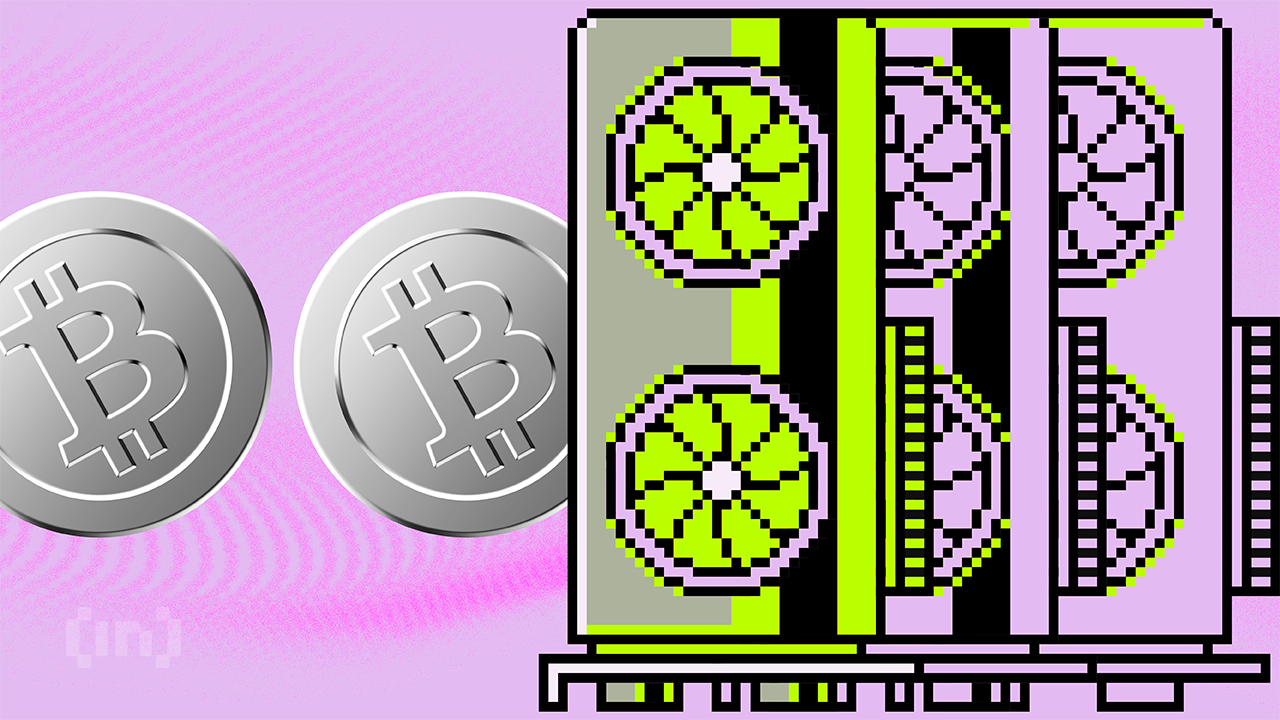Bitcoin Miner Manufacturer Auradine Teams with CPower, Voltus to Boost Mining Efficiency
Today, Auradine, a Silicon Valley-based Bitcoin miner manufacturer, has strategically partnered with virtual power plant providers CPower and Voltus. The collaboration aims to enhance energy demand response and grid stability using Auradine’s EnergyTune technology.
This technology allows Bitcoin miners to adjust their energy consumption in real-time. It could also reduce usage during peak demand periods and increase production during times of surplus.
Auradine to Enhance Bitcoin Miners’ Efficiency with EnergyTune
The initiative aims to support a more sustainable and flexible energy future by integrating demand response capabilities within the Bitcoin mining industry. Auradine’s EnergyTune technology and its collaborations with CPower and Voltus target to enhance efficiency and environmental friendliness in Bitcoin mining. By owning the entire technology stack, Auradine aims to provide performance and integration without relying on third-party components.
In an exclusive interview with BeInCrypto, Rajiv Khemani, co-founder and CEO of Auradine, explained the motivation behind the partnerships with CPower and Voltus. He emphasized the company’s goal to enable efficient and sustainable Bitcoin mining by utilizing excess or wasted energy. This approach allows Bitcoin miners to return energy to consumers and industries when needed.
Read more: How Much Electricity Does Bitcoin Mining Use?
“When we learned about CPower and Voltus, we felt that these companies have very aligned missions with us. So, we thought that a strategic partnership with them was very critical,” he noted.
A January report by Coinshares supports this approach. It found that Bitcoin mining consistently seeks the most affordable energy sources. This sector often utilizes stranded energy that cannot be easily integrated into the existing power grid, usually by tapping into renewable energy projects in remote areas.
Consequently, there is an increasing trend of Bitcoin mining operations using electricity from sustainable sources. Daniel Batten, an environmental, social, and governance (ESG) analyst, estimates approximately 53% of the energy consumed by Bitcoin mining operations is now renewable. This figure is higher than the finance industry’s use of sustainable energy, estimated at 40%.
 Bitcoin’s Sustainable Energy Use. Source: Daniel Batten
Bitcoin’s Sustainable Energy Use. Source: Daniel Batten Khemani also discussed the integration process of EnergyTune technology, which enables rapid adjustments in energy consumption at both unit and data center scales. This capability aims to match demand with supply and maintain grid stability. The technology’s ability to increase and decrease energy consumption within seconds is seen as a valuable tool for the energy sector and Bitcoin miners.
Feedback from Auradine’s clients has been positive. Over 30 customers have expressed satisfaction with the capabilities offered by the company’s Bitcoin miners.
These miners also allow operations in extreme conditions without air conditioning. While not all customers have used the CPower and Voltus features yet, those who have are exploring the potential benefits as they expand their deployments.
Bridging Bitcoin Mining and AI Infrastructure
Looking ahead, Auradine intends to diversify its product portfolio to include additional blockchain and generative artificial intelligence (AI) applications. In April, Auradine secured $18 million in Series B funding, which Khemani stated will be used to scale operations and expand the portfolio. The company also plans to raise additional capital later this year to support further growth and innovation.
“Our team has talents and capabilities in the security and cybersecurity area. So, one of the areas we are working on is we can build compelling solutions that are better than using current solutions for generative AI security applications. We expect to bring products in that area over the next one to two years and will disclose more about this as the products get closer to market,” he explained.
Furthermore, Auradine aims to tackle the rising computing and energy costs associated with AI by developing domain-specific solutions. This plan aligns with a recent Bitwise report highlighting the growing value of Bitcoin mining infrastructure for AI companies due to the current AI boom and a shortage of data centers and powerful chips.
However, Khemani noted that while there is potential synergy between Bitcoin and AI data centers, it remains early days. Bitcoin miners’ flexible load capability suits them for demand response and pricing response, whereas AI data centers typically require more consistent energy sources.
Read more: Bitcoin Mining From Home: Is It Possible in 2024?
Additionally, Auradine plans to partner with states and countries that support Bitcoin and energy providers with excess energy. These partnerships aim to responsibly integrate Bitcoin mining into the broader energy and financial ecosystems.






